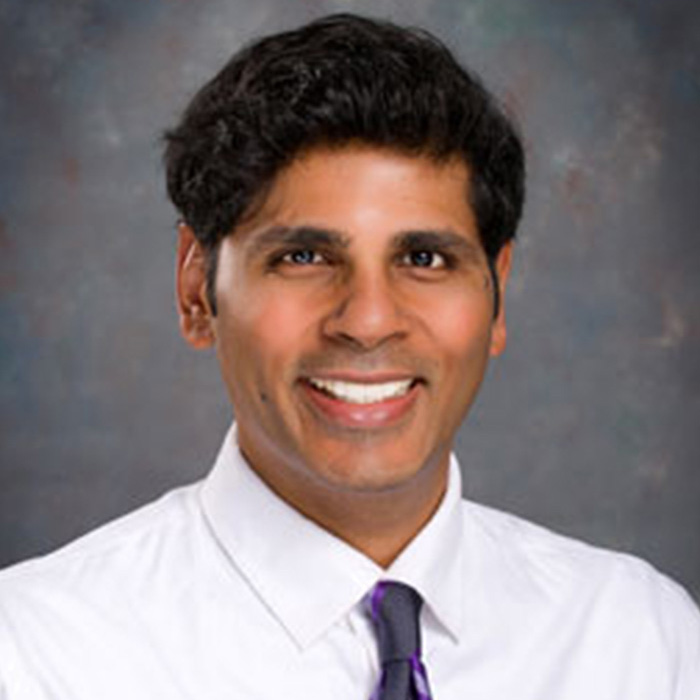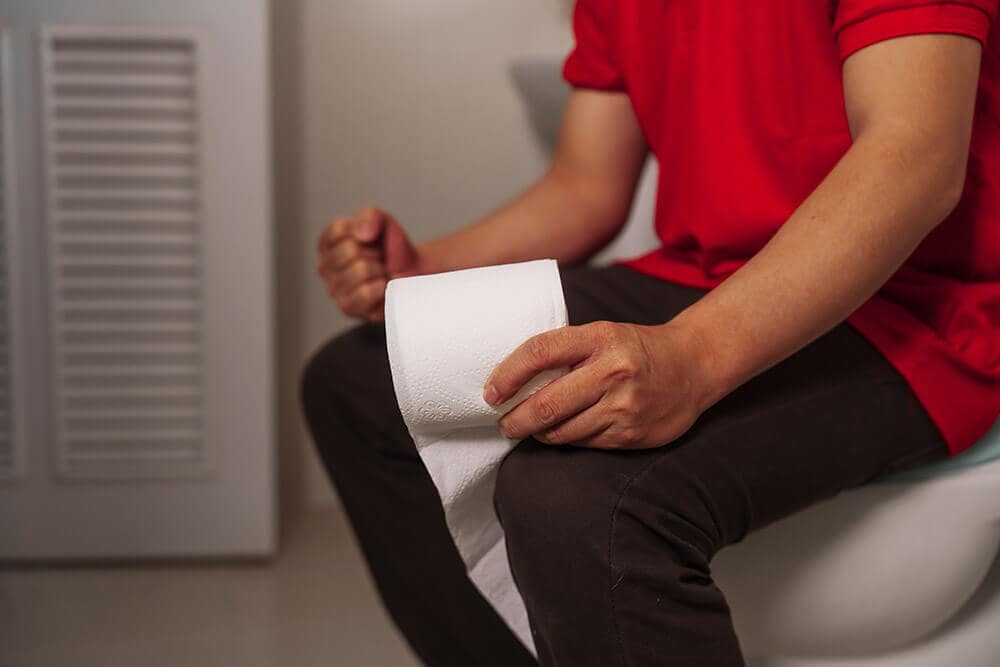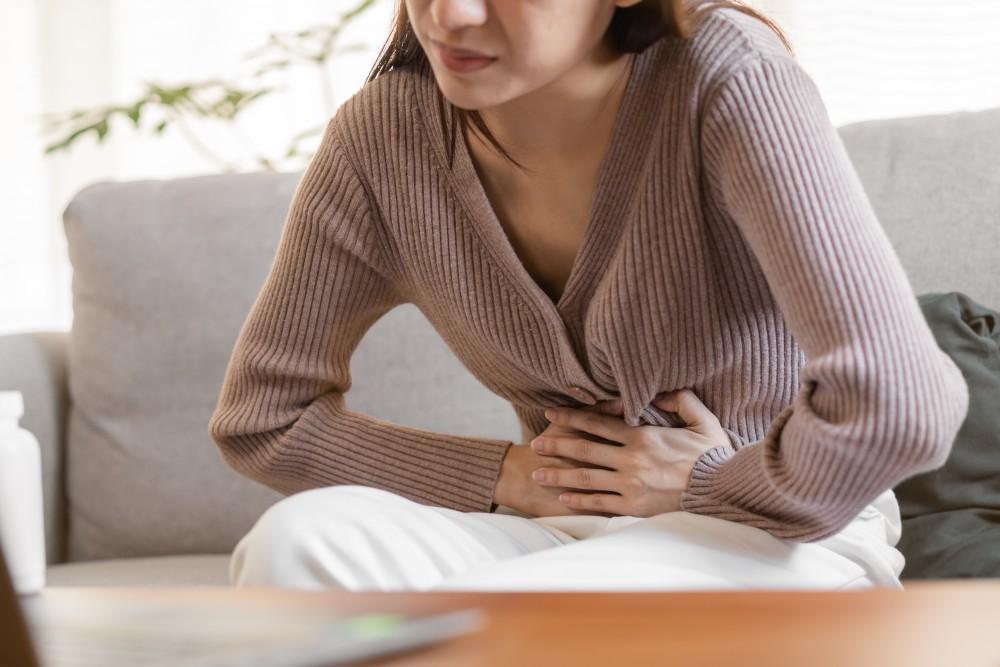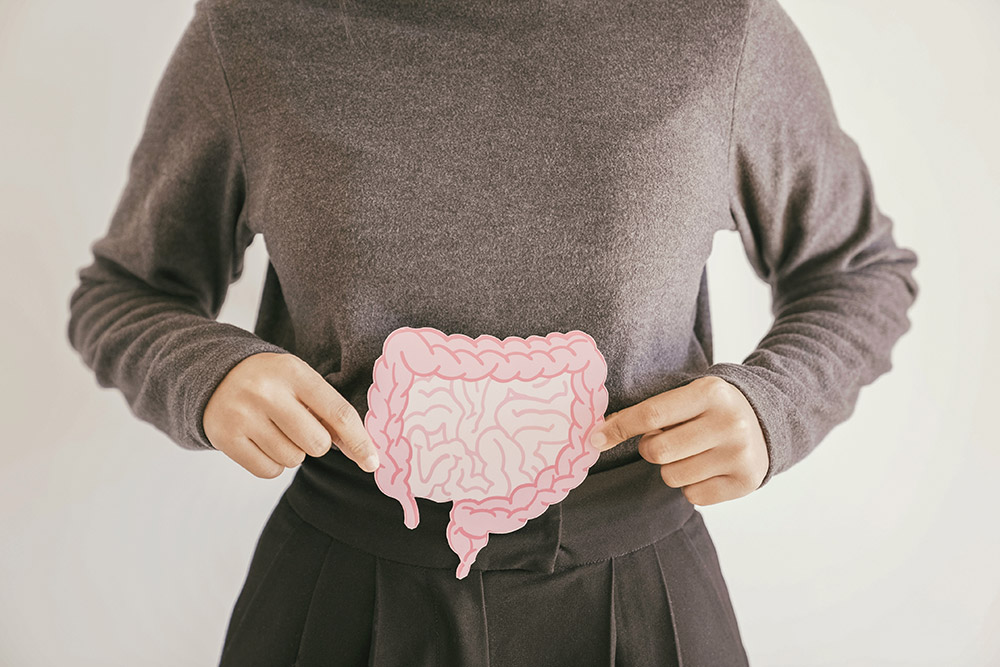Expert Treatment for Tubulovillous Adenomas by Dr. Bharat Pothuri
Step-by-Step Diagnostic Approach
Medical History and Physical Exam
Dr. Pothuri begins by reviewing your symptoms-especially epigastric discomfort, changes in bowel habits, and any bleeding. He'll discuss your personal and family history of polyps or colon cancer, dietary habits, alcohol and tobacco use, and other risk factors.
Stool Testing
He may order a fecal immunochemical test (FIT) to detect hidden blood in the stool, which can be an early sign of polyps or tumors.
Imaging Studies
- CT Colonography -A noninvasive, 3D -virtual colonoscopy- that highlights polyps and masses when a full colonoscopy is not immediately possible.
- Abdominal Ultrasound -Used to rule out other causes of epigastric pain such as gallbladder disease or liver abnormalities.
Colonoscopy and Direct Visualization
A colonoscopy remains the gold standard. Under sedation, Dr. Pothuri uses a high-definition endoscope to inspect the entire colon, identify tubulovillous growths, and perform targeted biopsies.
Polyp Removal and Histopathology
Any polyps discovered are removed via polypectomy or advanced techniques (EMR/ESD) and sent to the pathology lab. Microscopic analysis confirms the diagnosis, grading dysplasia and ruling out cancer.
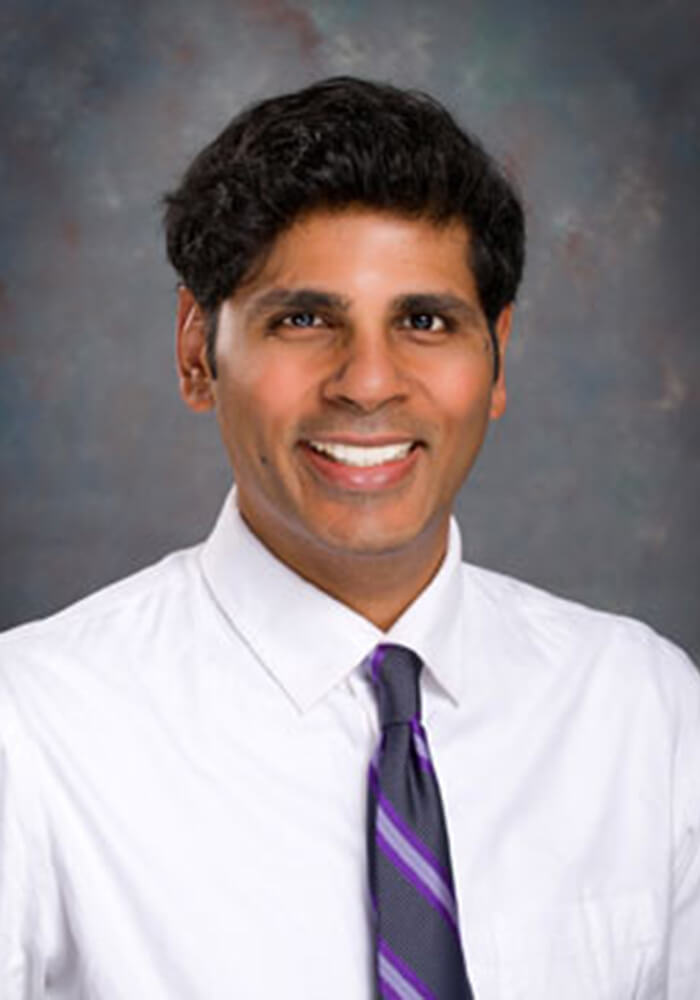
Frequently Asked Questions
Are these polyps cancer?
No. Tubulovillous adenomas are benign growths, but they can turn into cancer over time if not removed.
What is low-grade dysplasia?
Low-grade dysplasia means the polyp's cells show early abnormal changes but are not yet cancerous.
How often do I need a colonoscopy?
Typically every 3-5 years, depending on the number, size, and pathology of polyps found. Dr. Pothuri will recommend your personalized schedule.
Can a healthy diet stop new polyps?
A high-fiber, low red-meat diet can lower your risk but cannot prevent all polyps. Regular screening is still essential.
Does polyp removal hurt?
No. Procedures like polypectomy, EMR, and ESD are done under sedation. Most patients feel little to no pain and recover quickly.
Can I work the next day?
Yes. Most patients return to normal activities within 24 hours after polyp removal.







